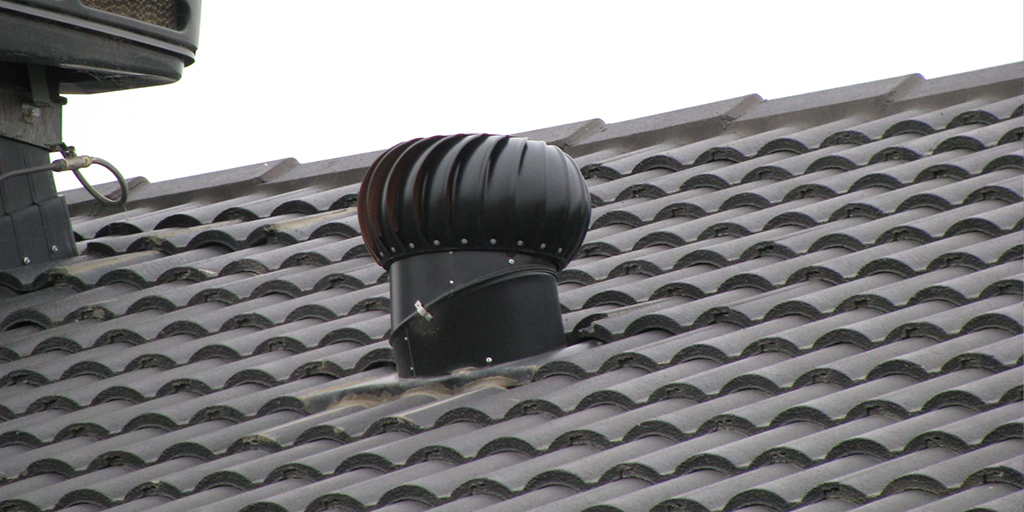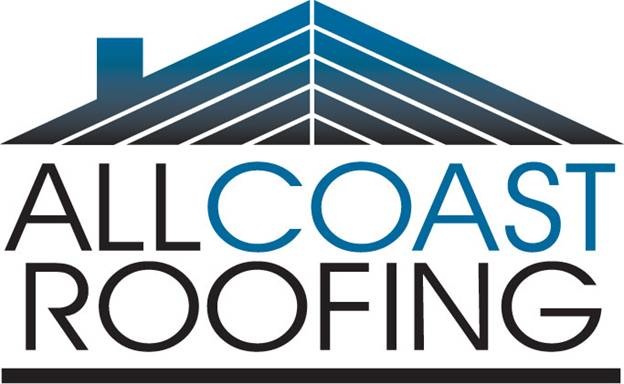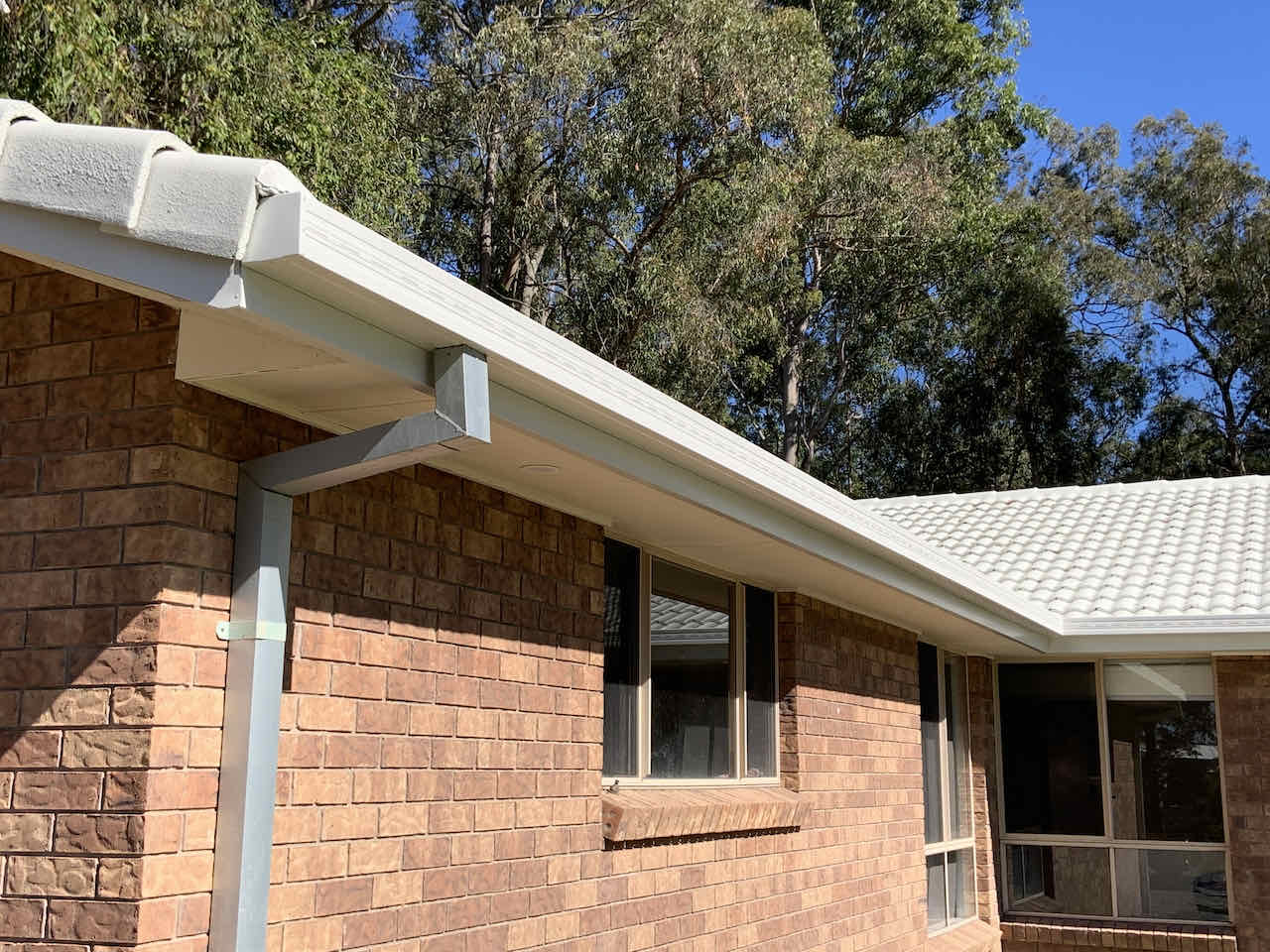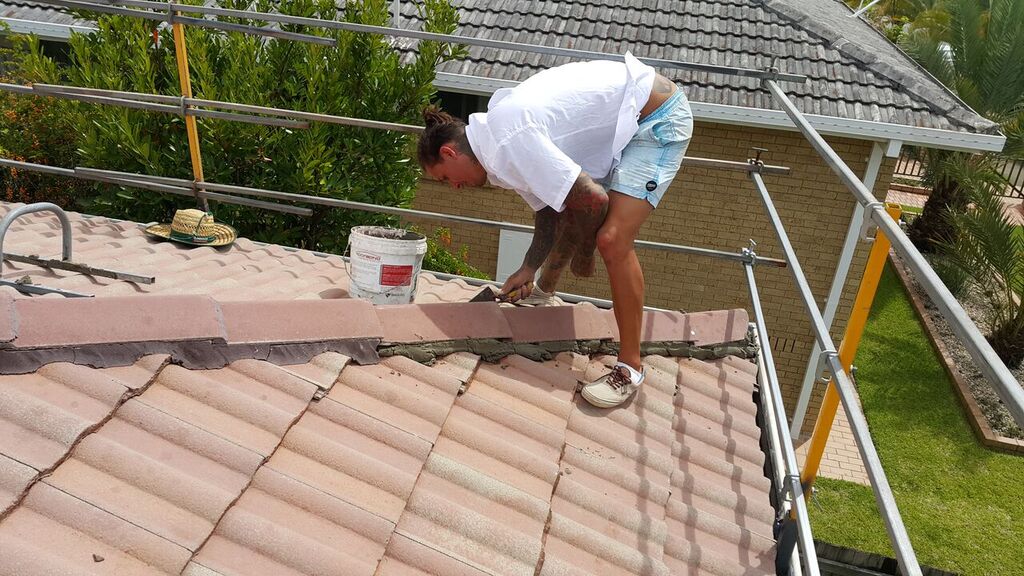Whirlybird and Vent Installation Gold Coast
Wind-Driven Whirlybird Installation
- Wind-Driven Whirlybird Installation
- Whirlybird ideal for tiled roofs
- How much does a wind-driven whirlybird cost?
- Applications
- Features & Benefits
- Specifications
- Accessories
- Whirlybird Colours
- Review of Whirlybirds installed by AllCoast
Solar Roof Ventilator Installation
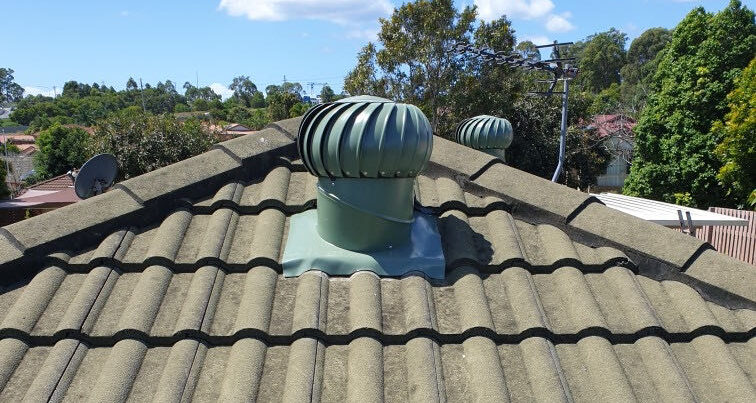
WindMaster - Wind-Driven Roof Ventilation
Wind-Driven Whirlybird Installation
The number of roof vents you'll need will vary based on your roof size and reasons for ventilating. As a general recommendation, 1-2 whirlybirds is sufficient per 90m2 of roof space.
However, for the best ventilating results, contact the Allcoast Roofing team. We can provide you with a quote for a solution customised to suit your needs.
Moisture in your home can be a destructive force, causing wood rot and encouraging mould and mildew. These in turn can trigger asthma and allergies. Edmonds roof ventilators expel moist air, helping to protect both the integrity of your home and the health of your family.
Whirlybird ideal for tiled roofs
WindMaster is ideal for tiled roofs, needing only one tile to be removed for installation. The UV- and temperature-stable light-weight plastic head, with its 250mm opening and stainless-steel bearings, provides a good alternative to WindMaster Whirlybirds and are ideal for homes affected by salt air.
How much does a wind-driven whirlybird cost?
The cost for WindMaster whirlybird installation can vary depending on roof height, tin or tile. The cost is approximately $495 inc. GST.
Applications
- Removal of heat and moisture in roof spaces
- Suitable for metal and tiled roofs and most roof colours
- Residential homes and commercial/public buildings
- WindMaster is ideal for areas with direct contact with sea spray
Features & Benefits
Features
- Wind-driven ventilator
- High quality polymer and aluminium
- 24 colours
- 15-year warranty
Benefits
- No energy consumption
- Provides ventilation in the lowest wind speeds
- Colour range for most roofs
- Suitable for metal or tiled roofs
Specifications
- ASA plastic head and polycarbonate support ring
- Aluminium shaft, varipitch and flashing
- 250mm throat
- Twin stainless steel ball bearings
- Total weight: 1.9 kg
- Wind speed rating: 205.2 km/h
Accessories
- Poly eave vents to improve air flow through the roof
- WhirlyMate ceiling grille to improve air flow between the living area and roof space
- Manual shutter to close vent in winter
Whirlybird Colours
Whirlybirds are an extremely affordable and effective way to improve your roof ventilation.
On the Gold Coast the weather can get uncomfortably hot. If the heat builds up in your house, a whirlybird will create airflow and help reduce your air conditioning costs and improve comfort levels.
A wind-driven roof ventilator (whirlybird) is designed to exhaust heat and moisture from the roof space without the use of electricity.
Our high quality, roof-mounted, aluminium roof vent combines modern design with practical features for guaranteed long-lasting performance. Constructed from light-weight aluminium, it comes with a 15-year warranty for lasting peace of mind and comfort.
Review of Whirlybirds installed by AllCoast
Solar Roof Ventilator Installation
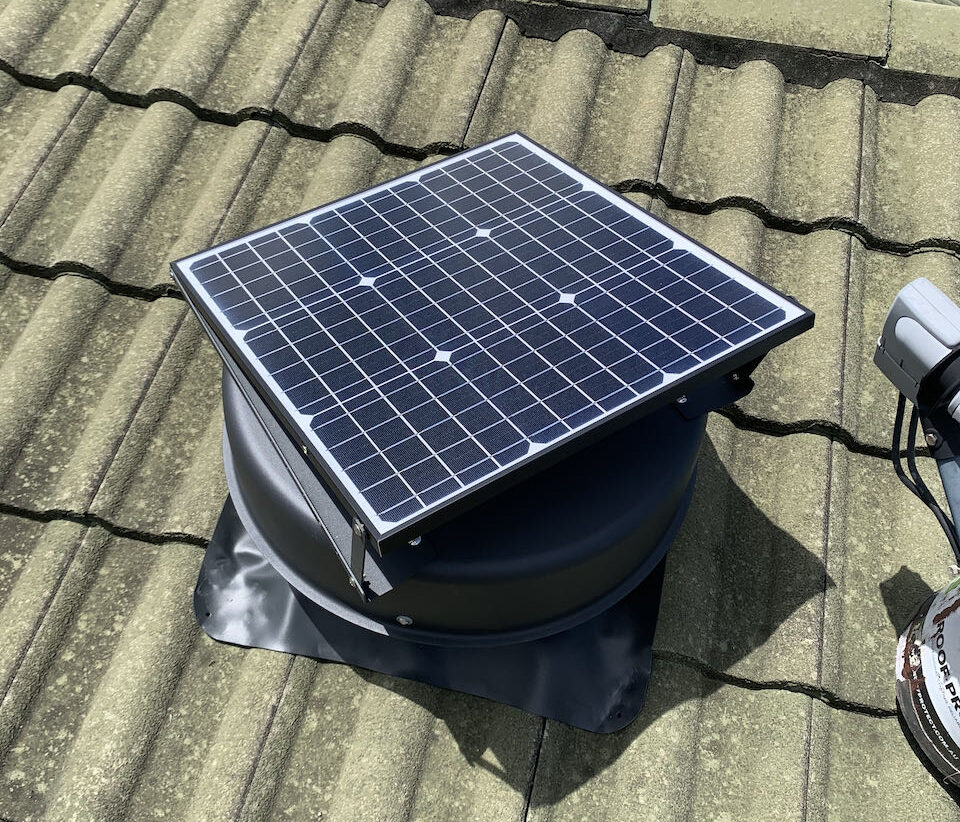
One solar roof ventilator removes 20 times the volume of air of one standard whirlybird and will keep removing hot air when the wind stops.
How much does a solar ventilator cost?
The cost of a solar ventilator is approximately $990 inc. GST.
Solar ventilator specifications
Technical Specifications:
- Model: 320MM SRVF
- Capacity: 2100CBM Per Hour
- Motor :35 Watts, 6-19VDC, 1600RPM Max, Brushless motor with double shielded ball bearings
- Solar Panel Type: Monocrystalline PV, Heavy Duty Frame, 3mm Tempered Glass
- Solar Panel Output: 35 Watts, 18VDC
- Fan: 300mm Balanced 5 Blade with Low Resistance
- Noise: <45dBA
- Construction: Aluminium Top Cover, Aluminium Body, Steel Brackets and Stainless-Steel Fasteners
- Colour: Black Powder Coated
- Warranty: 2-Year Warranty (10 Years on Solar Panel)
For more information call us on 0411 132 583 or read our solar roof vents blog post.
How to choose the right Solar Roof Ventilator
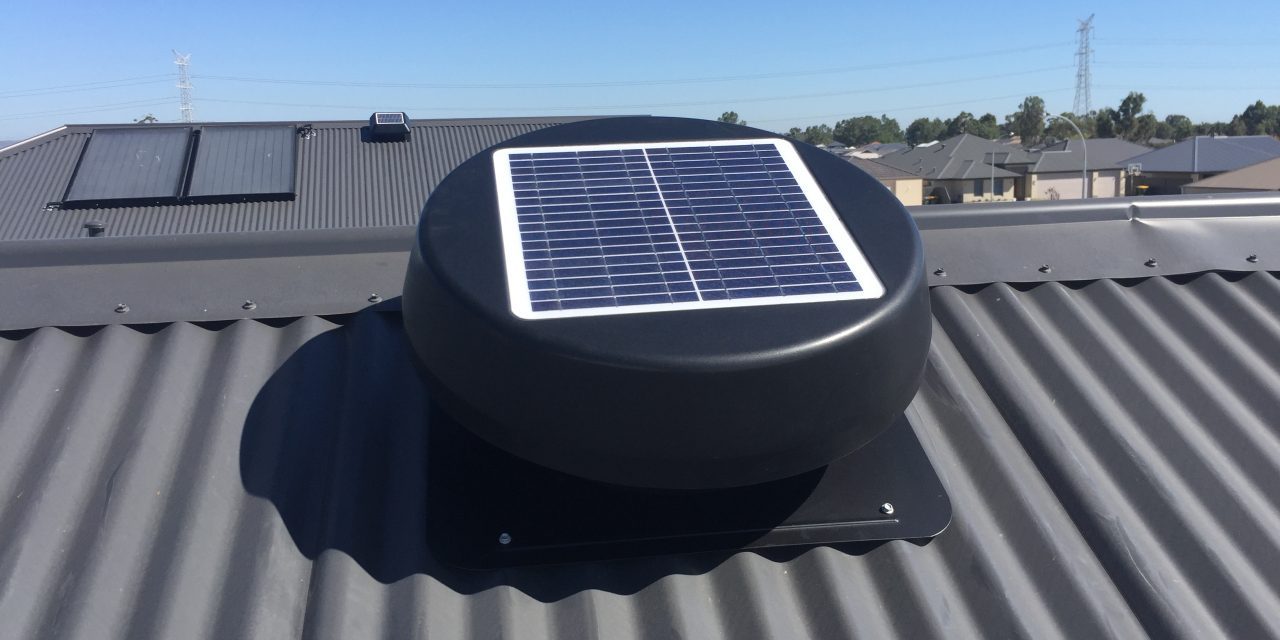
Do whirlybirds and solar vents work?
